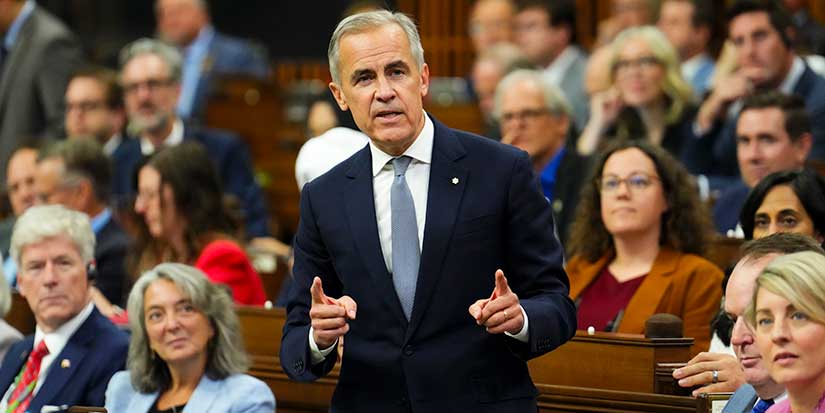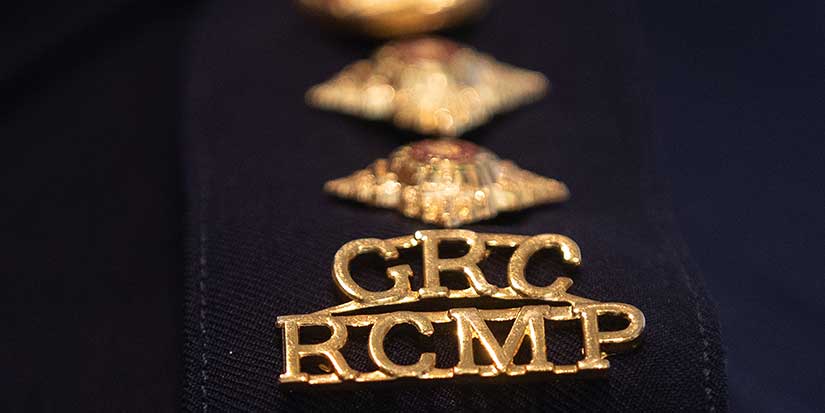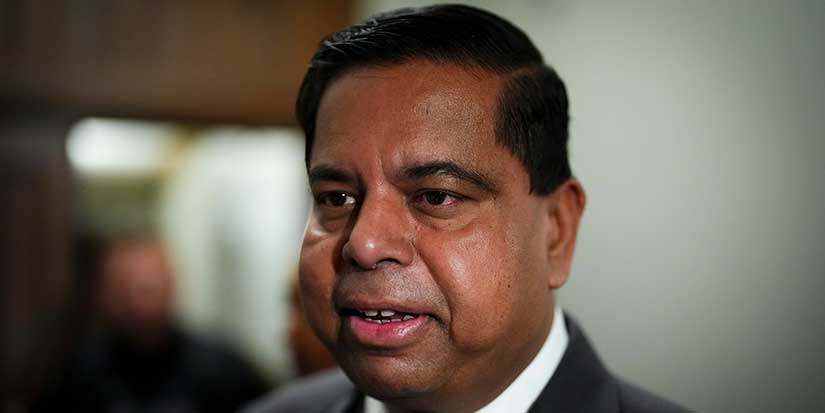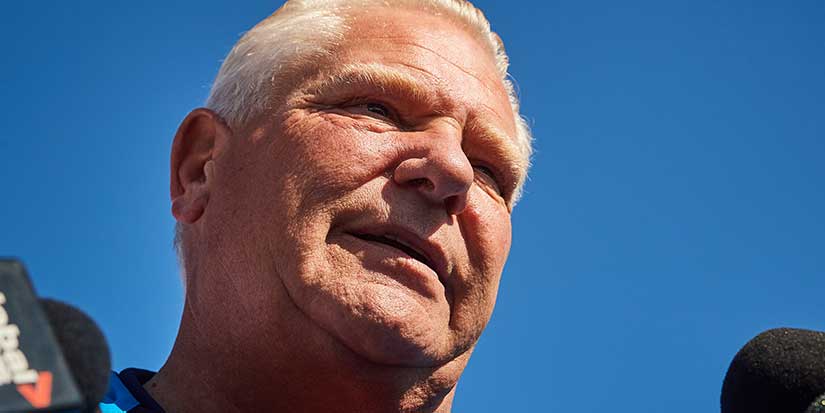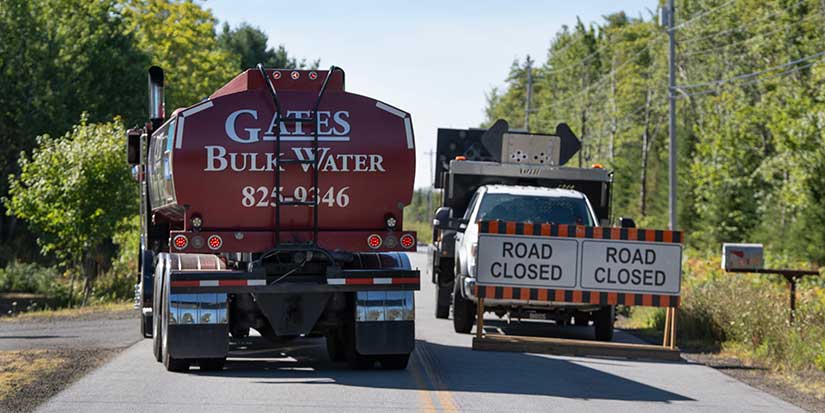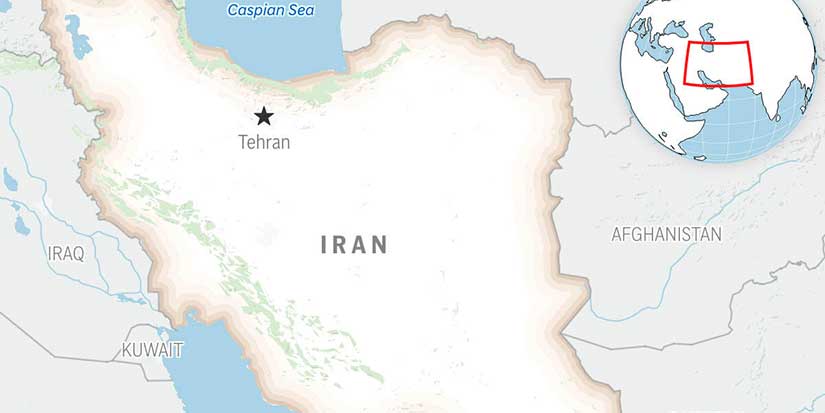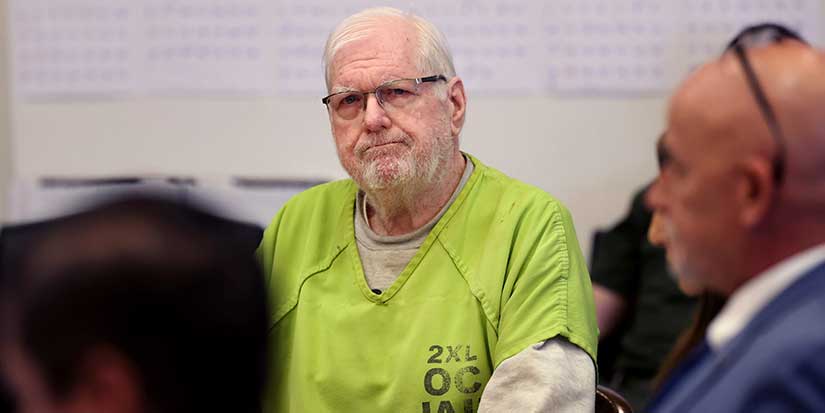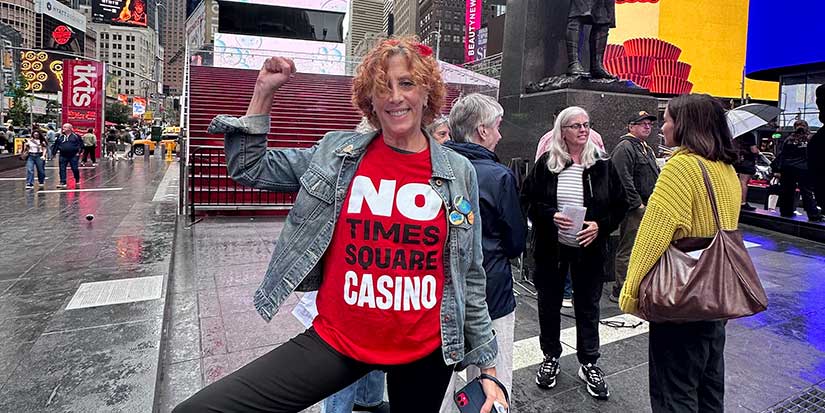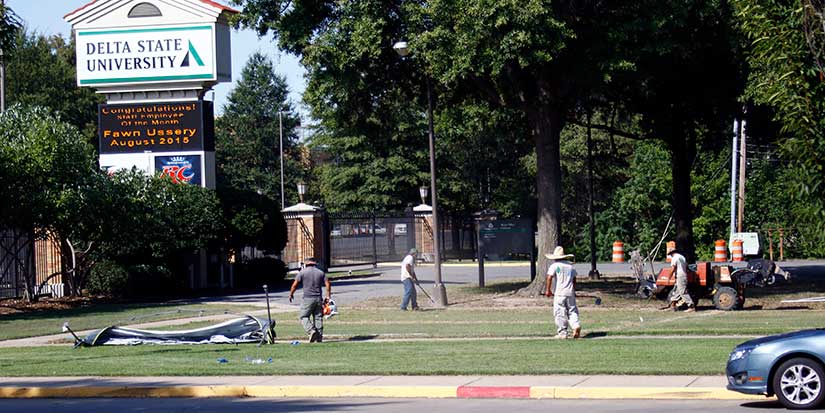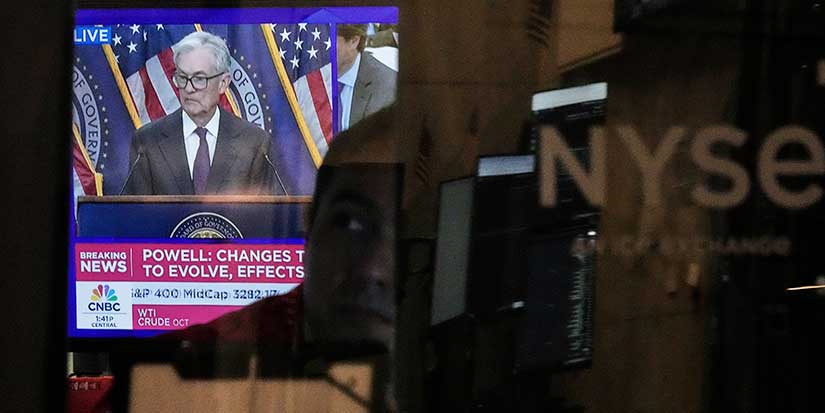Latest News
Holocaust survivor lights menorah on first night of Hanukkah

By Hannah Scott, Local Journalism Initiative reporter
Published 2:33 PST, Tue November 30, 2021
—
The 25-foot menorah that goes up outside Richmond Cultural Centre annually serves as a beacon of light and togetherness.
Part of the Jewish Hanukkah celebration, the menorah has nine branches with a candle on each. The centre candle is the shamash, meaning “helper” or “attendant,” which is used to light the other eight candles. On each of the eight nights of the celebration, one additional candle is lit until they are all illuminated on the final night.
On the first night of this year’s celebration Sunday (Nov. 28), Shalom (né Imre) Lichtmann, an 81-year-old Holocaust survivor, was the one to do the lighting.
In 1943, aged three, Lichtmann was deported to Bergen-Belsen concentration camp, where he remembers crying all the time because of his hunger. But he was able to survive and escaped with his mother, siblings, and grandparents on the Kastner train, which freed a train-load of Jews in exchange for money. He ended up in Switzerland and later moved to Israel and then to Canada.
After experiencing the horrors of the Holocaust first-hand, Lichtmann said being asked to light the menorah made him feel very emotional. He considers it to be a gesture not just for him, but for all Holocaust survivors.
“It means so much,” says Lichtmann. “It’s the first time I would ever do something like that. (And) actually I didn’t think I would, because just a month ago I was hit by a stroke, and I was in hospital and never thought I would come out of the hospital, so it’s a big surprise.”
For Lichtmann, the menorah symbolizes the positive story of Hanukkah, where a group of Jewish warriors known as the Maccabees fought for the liberation of their land and the reclamation of their Temple. And he hopes that positivity is a takeaway for people going forward.
“Care for each other, and (be willing) to listen and accept each other—that is so important, not to enforce your own views only. That never works, and never will,” he says.
“Because we are small and not very powerful, we are being overwhelmed by stronger powers. That should not happen. We should all accept each other, regardless of the power that we have or don’t have. I don’t believe that religious people’s view is the correct one and Joe Blow’s is the wrong one. That doesn’t work. If we have different opinions, that’s because nature created us this way.”
The menorah originated in 1988 after Helmut and Hugo Eppich, German twin brothers from Yugoslavia and the founders of Ebco Industries, wanted to bring about more multicultural understanding.
“When they came down here, a part of the (Ebco) company policy was to bring all the faiths and religions (together), and they were doing their part to bring some sort of multiculturalism together and get people of all faiths to respect each other,” says Joe Dasilva, Ebco’s former communications director.
“They asked me to find the leaders of different religions in Richmond and bring them to Ebco so that we could talk. One of the people I introduced to them first was Rabbi Avraham Feigelstock.”
Feigelstock, then of Eitz Chaim Synagogue, asked the Eppichs to build him a couple of small menorahs, around six feet tall. But, with the help of renowned Canadian architect Arthur Erickson, the end product had a height of 25 feet.
Richmondites come together annually to celebrate the theme of light shining through the darkness. Leaders of all faiths gathered for the first lighting in 1988, which took place at the Safeway on No. 3 Road and Westminster Highway and brought other faith leaders together, including Hindu, Muslim and Sikh. But when the Safeway was torn down and the area underwent construction, the menorah sat in storage at Ebco’s factory for more than 20 years.
The 2012 “Highway to Heaven” exhibit at the Richmond Museum, which focused on the many places of worship on No. 5 Road, led the menorah to be displayed outside the cultural centre for the first time. Annually, this process requires set-up to occur in the middle of the night, with help from city staff, due to the large pieces that must be transported.
Although the menorah is still stored at Ebco for most of the year, Dasilva says next year it will hopefully have a new semi-permanent home that would cut down on transportation costs and logistics.
Throughout the 33-year history, the original team behind the project has given way to the next generation, who help to make it happen each year.
The Eppich brothers, now in their 80s, have retired and turned Ebco over to Helmut’s son Richard. He provides teams of tradespeople to help with preparation and cleanup. Dasilva’s son Dax, the founder of Montréal-based Lightspeed Commerce, has funded the project for the last two years. And Feigelstock’s son Mendy is a rabbi at The Bayit, which is involved in the event each year.
Although Lichtmann said he’s not used to being the centre of attention, being able to light the menorah was significant.
“All in all there was so much love, so much care, and it was just very touching.”












